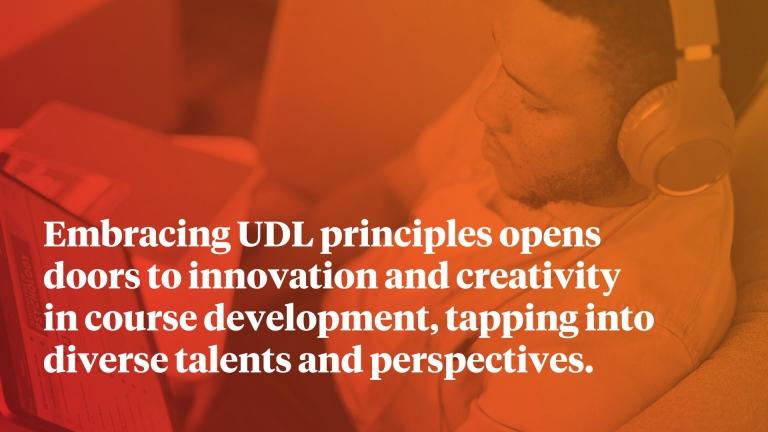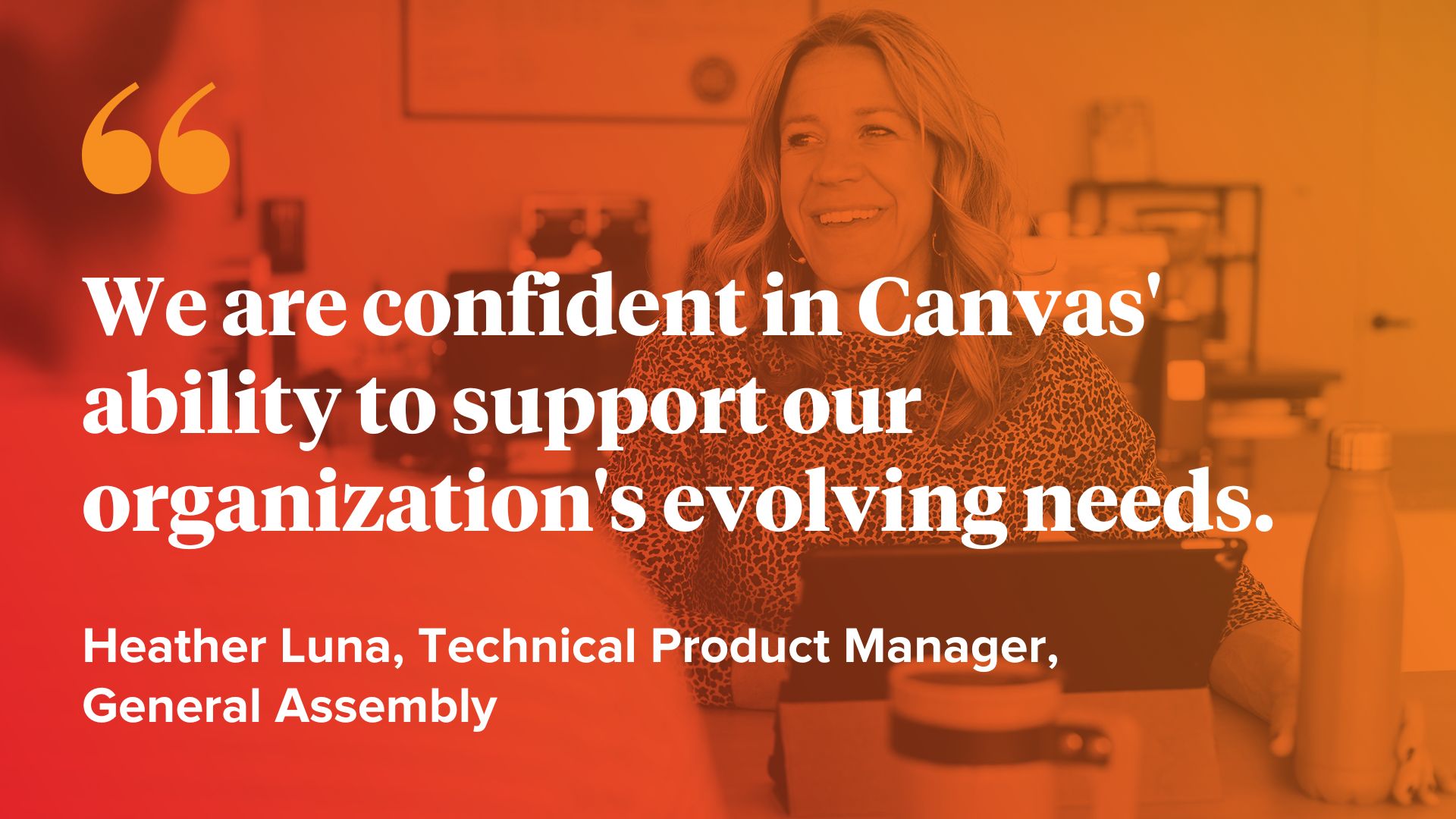
Individuals recognize that in order to remain relevant and competitive in their careers, they must continually upskill and reskill themselves to meet the demands of the ever-evolving job market.
Lifelong learning offers these individuals the opportunity to expand their knowledge, acquire new skills, and adapt to emerging trends and technologies. However, amidst the excitement of embarking on new educational journeys, it's crucial to ensure that the learning pathways are accessible to all.
Accessible course design goes beyond mere buzzwords; it's a fundamental principle that lays the groundwork for an inclusive education. Whether you're a seasoned professional seeking to upskill/reskill or someone exploring a newfound passion, accessibility in course design can make all the difference in your learning journey.
At the heart of accessible course design lies the philosophy of Universal Design for Learning (UDL), a framework that champions flexibility, inclusivity, and accessibility in education. By embracing UDL principles, course creators can proactively address the diverse needs of learners, ensuring that educational content is not just accessible but engaging and empowering for all.
So, how can course designers ensure their materials are accessible to everyone? Here are some practical strategies:
- Multiple Means of Representation: Provide content in various formats to accommodate different learning preferences. Offer text-based materials in accessible formats such as HTML or PDF, and include alternative formats such as audio descriptions or tactile graphics for individuals with sensory disabilities.
- Multiple Means of Engagement: Foster engagement by offering diverse learning activities and opportunities for interaction. Incorporate multimedia elements such as videos and simulations, but ensure they are captioned and described for individuals with hearing or visual impairments. Additionally, offer flexible assessment options that allow learners to demonstrate their understanding in various ways.
- Multiple Means of Expression: Enable learners to express themselves in ways that align with their strengths and preferences. Provide multiple avenues for communication, such as discussion forums, video conferences, or email, and offer assistive technologies for individuals who may have difficulty typing or speaking.
- Flexible Learning Environments: Create a flexible learning environment that accommodates the diverse needs of learners. Ensure that course materials are compatible with screen readers and other assistive technologies, and provide options for adjusting font sizes, colors, and contrast for individuals with visual impairments. Additionally, offer flexible scheduling options and extended time for assignments to accommodate learners with disabilities or other responsibilities.
- Clear Communication and Navigation: Design courses with clear navigation and communication channels to facilitate ease of use. Use descriptive headings, alt text for images, and intuitive layout designs to help users navigate content effectively. Provide clear instructions and guidelines for accessing materials and participating in activities, and be responsive to questions and feedback from learners.
By incorporating these strategies, course designers can create inclusive and accessible learning experiences that empower all learners to succeed. Moreover, embracing UDL principles not only benefits individuals with disabilities but also enhances the overall learning experience for everyone involved.
Looking ahead, the integration of these strategies into course design not only ensures inclusivity and accessibility but also sets the stage for transformative advancements in corporate learning environments. By prioritizing accessibility, organizations demonstrate their commitment to fostering an environment where every learner can thrive, regardless of their background or abilities. This commitment reflects a broader dedication to diversity, equity, and inclusion within the organization.
Furthermore, embracing UDL principles opens doors to innovation and creativity in course development, tapping into diverse talents and perspectives. As a result, courses become more engaging, relevant, and impactful, leading to improved learning outcomes for all learners.



